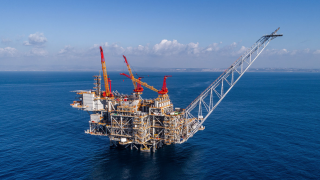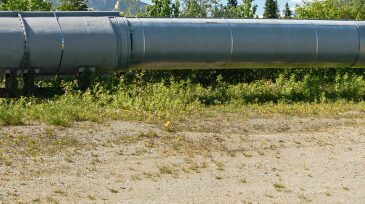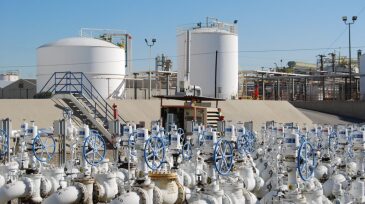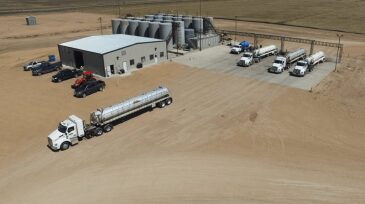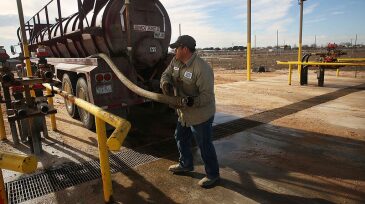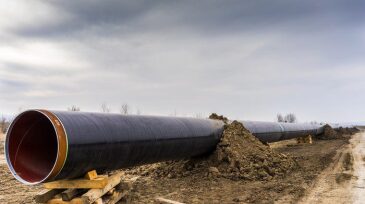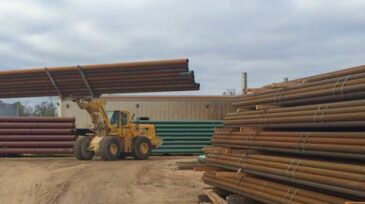Midstream
Mozambique is poised to become Africa’s third-largest exporter of liquefied natural gas when Coral Norte comes onstream in 2028.
The technology to desalinate and reuse produced water for cooling AI data centers in the Permian Basin exists, but addressing cost challenges remains critical to widespread adoption.
Nitzana will enable Israel to double gas exports to Egypt from the giant Leviathan gas field in the Eastern Mediterranean.
-
The deal sees Energy Transfer gain, among other assets, various crude and natural gas liquids pipelines running from the Denver-Julesburg and Anadarko Basins.
-
The deal sees H2O Midstream increase its produced water gathering network to more than 435,000 B/D of disposal capacity and 190 total miles of pipeline. The Permian water midstream company will add more than 40,000 B/D of recycling capacity with the option to double that capacity over time.
-
Calgary-based Pembina Pipeline Corp. has entered into agreements to acquire Kinder Morgan Canada Ltd. and the US portion of the Cochin Pipeline system from Kinder Morgan for a total purchase price of approximately $4.35 billion.
-
A joint-venture agreement gives Solaris control of Concho’s produced-water infrastructure in New Mexico, and Lagoon Water Solutions closed on a deal with Continental in Oklahoma.
-
The Permian gets the lion’s share of attention when it comes to produced water, but other basins have a need to haul volumes off-site. How has the market changed in these areas recently? Is there a greater enthusiasm for pipelines, and can water midstream thrive?
-
Growing supply of Permian crude oil means the basin will need extra takeaway capacity of up to 500,000 B/D by the end of the 2020s, according to new research from Wood Mackenzie.
-
The well count and completion intensity of US tight oil and gas operations have grown in recent years, and rising pressure from environmental regulations means that produced water management has become a key focus for operators.
-
Phillips 66 and partners in two separate joint ventures are building the Red Oak and the Liberty pipeline systems to deliver a total of approximately 750,000 BOPD to the US Gulf Coast with startup of service in early 2021.
-
Approximately 90% of construction work has been completed on the pipeline, which is expected to transport up to 670,000 BOPD from the Permian Basin to the US Gulf Coast. Cactus II is one of several pipelines aimed at alleviating takeaway concerns in the Permian.
-
The pipeline system will have the initial capacity to deliver 150,000 B/D of crude oil to multiple delivery points, accessing local refineries and connecting to several downstream pipelines.



